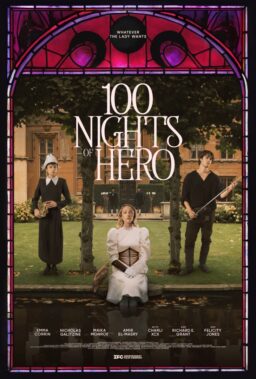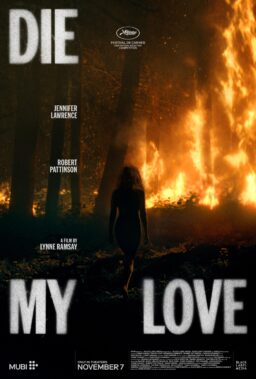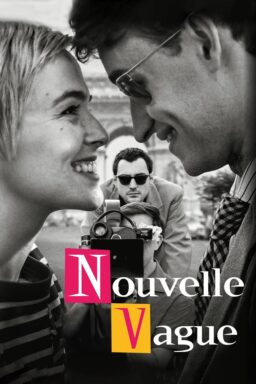She was such a little girl when she started off down the Yellow Brick Road. So little and helpless and starstruck: “Gee, Mister Gable,” she once sang, “can I have your autograph?”
She became, in time, one of the greatest of stars herself, but when Judy Garland died Sunday in London there was little of that left. Only pain and vulnerability and memories. In one of her last live appearances, a few months ago at the Talk of the Town in London, she couldn’t finish “Over the Rainbow,” and the audience threw dinner rolls at her.
Her voice had gone years ago. She knew it herself. In the last years it was her soul that audiences came to experience. That was long after the peak of her talent, long after she had become unemployable in the movies, long after she had been decreed unreliable on a professional basis. What it came to finally, was Judy Garland and her audience, together, remembering a remarkable talent.
The talent had been killed not so much by Judy Garland as by the studio system that raised her. As a teenager she was already one of the biggest stars in the movies, and child stars in those days were treated with brutality that passed for “supervision.” She was almost constantly on pep pills, sleeping pills, stimulants, depressants, getting up for a scene, coming down from a scene, losing weight, trying to unwind.
Her last movie of any consequence was George Cukor’s “A Star Is Born” (1954), although she won an Academy Award nomination for a character role in “Judgment at Nuremberg” (1962). “A Star Is Born” was a massive musical, the most expensive made up to that time, and it was a grueling undertaking. Only a week ago, I talked about it with a woman who held an important position on the production team.
“Judy was marvelous for the first seven or eight months,” she told me. “Everybody had heard about how temperamental she was, how impossible she was to work with, but in fact she was sunny and calm. She was off the pills, looking good, and working well.
“But the film got into trouble. It fell behind the shooting schedule, and it was well over budget. And the studio got rattled. They were working Judy incredibly hard.
“One week we came to work and there was a nurse on the set. In those days when you saw a nurse it almost always meant a star was on dope. They were going back to the same so-called solution of 10 or 15 years ago: If Garland was in trouble, or you thought she might be, put her on pills. Speed her up, slow her down. Run her like a clock.
“But Judy couldn’t take it. She became a different person, an absolutely different personality, when she was on dope. I think perhaps that in the final months of shooting on ‘A Star Is Born,’ Judy finally passed over that thin line. You never know where the line is, but I think that during that period she crossed it and she was never going to be able to pull out again.” “A Star Is Born” was a box office flop, and the studio edited it down by about an hour over Cukor’s protests. At the 1967 Chicago International Film Festival, he recalled the story:
“When we finally got the film into the can, we had what I considered one of Garland’s finest performances. But the studio ran into trouble – the public thought the picture was too long – and so they butchered it. Absolutely butchered it. If I had been allowed to edit it myself, I could have sweated out 40 minutes without anyone noticing. But they cut it the crude way, taking out whole musical numbers intact. Two of Judy’s best numbers came out that way.
“And the tragedy is, they’ve disappeared. Nobody knows what happened to them. To the best of my knowledge, a complete print of the original version of ‘A Star Is Born’ no longer exists anywhere. That’s criminal, but what can you do?”
Judy went to Hollywood one last time, in 1967, to work in “Valley of the Dolls.” It was even rumored that Jacqueline Susann, the author, had modeled one character on Garland.
But she never made the picture. She was fired after a few weeks in a cloud of charges and counter-charges. She was late, or never came to the set at all, according to the studio. She forgot lines. She was in a state of emotional crisis.
Judy told another story – that the studio had fired her vindictively. But one of the people who worked on the set told me, a year ago, another version: Judy was raised at a time when Hollywood took infinite pains to obtain the perfect take of a scene. At her studio, MGM, this was particularly true; MGM films aimed for a gloss of perfection. Scenes would be shot again and again, with particular care taken to protect the image of the female star. Makeup would be adjusted; subtle changes in lighting or camera angles would be tried.
Judy was trained to that system and worked under it in every film except “Valley of the Dolls.” But in “Valley,” the idea wasn’t to make her look good. The blunt truth is that an aging, haggard Garland would be closer to the character – and more attractive to the peeping toms in Miss Susann’s audience.
To complicate matters, Miss Garland was doing scenes with actresses raised on television, where three takes of a scene are considered excessive. Patty Duke and Sharon Tate were quick to pick up dialog and accustomed to getting scenes right the first time through. This clash in working styles upset Judy, according to my source. After a week of admirable behavior, she began to go to pieces. But not before the decision had already been made that she would have to go. Susan Hayward replaced her.
She never worked in Hollywood again. She had a triumph later in 1967, in a series of concerts at the Palace in New York, the Opera House in Chicago, and elsewhere. But she was clearly on some kind of downward spiral, and when news of her death came, it was not a surprise.











